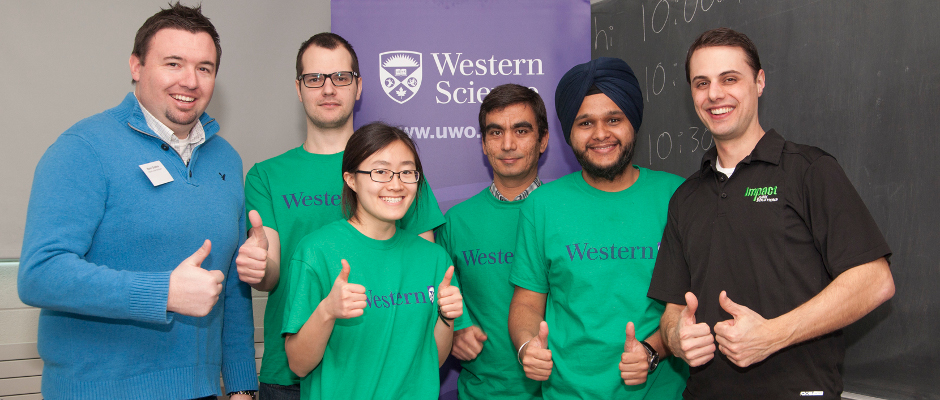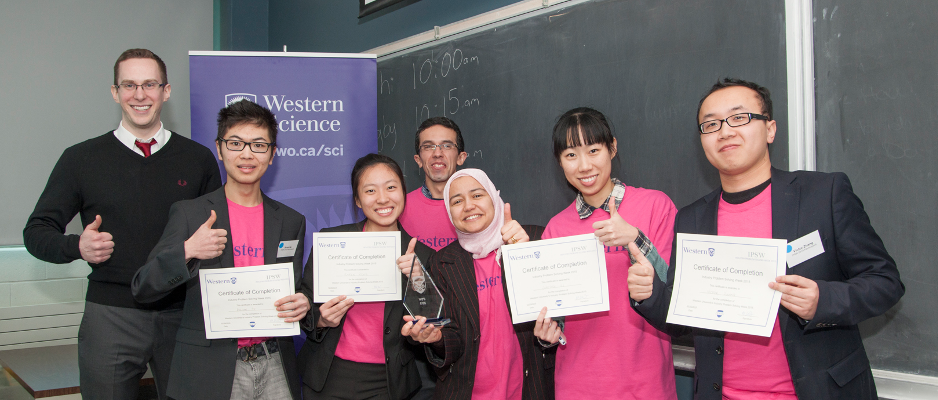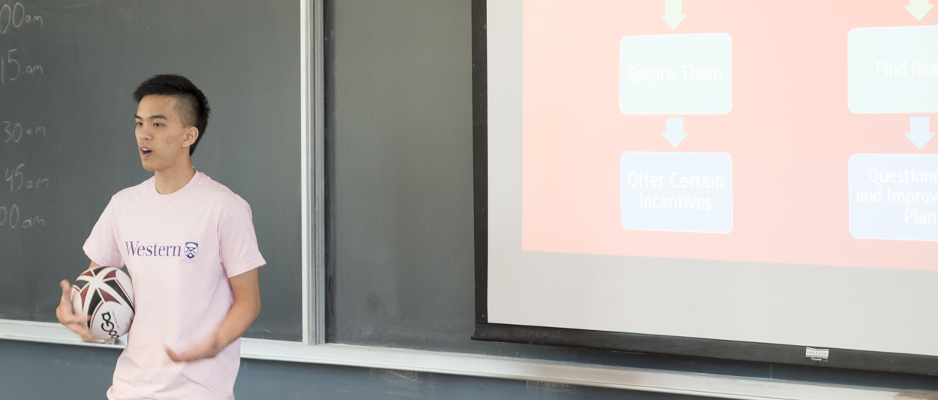



Problem Statement
LCF is in need of an effective data acquisition tool that will assist them in acquiring information relevant to its Vital Signs initiative, which measures the vitality of communities in numerous areas such as health and wellness, housing, environment and many more. This tool may expedite the gathering of this data, verify its reliability, and/or suggest new ways or groups to engage to acquire an entirely new set of data. In short, LCF needs reliable, consistent and relevant data to be able to convey the needs of the city of London to the public and allow for effective charitable donations.
Solution Strategy
After extensive research and communication with other community foundations across Canada, the team proposed the following to LCF: Utilize the Canadian Index of Wellbeing in combination with partnerships within the commuinty of London to gather and create relevant and consistent data and present it in an easily understandable and timely manner to LCF's stakeholders. They expand this solution by proposing an integrated approach involving both quantitative data analysis utilizing primary and secondary data as well as qualitative consultation to determine the community of London's Progress and areas of need. This integrative approach will in turn inform the development of the LCF's Prority Areas to its stakeholders via Vital Signs Reports.
Problem Statement
RO has registration data on over 10,000 players spanning the past seven years. The problem is to develop a data analytics tool that will turn this data into useable knowledge from which the governing body can base decisions on how, where, when and what to allocate its limited resources in order to achieve the 2015 goal which is to increase the number of organizations and people involved in rugby.
Solution Strategy
The team suggested a set of three solution strategies as follows:
Problem Statement
Savron Solution specializes in treating hazardous materials. The combustion process used by Savron uses large amounts of heat that remain in the vessel for a long time after combustion. The problem is to suggest how to remove the excess heat from the reactor and find possible applications for this heat.
Solution Strategy
The team suggested adding a coiled pipe containing flowing cold water through the core of the vessel (entering the vessel at the top and exiting at the bottom) during the cooling process so that the heat from the sand would pass into the cooler water in the pipe. In this closed system the water will be pumped from a cold water reservoir and after the cooling process is complete, it can be recycled again for each new batch.
Problem Statement
Leasing office space in an building called Market Tower, a five-story office located in the south-east corner of Dundas and Richmond Streets has been a challenge for a variety of reasons and Farhi needs a solution strategy to tackle this issue and to find potential costumers interested in this building.
Solution Strategy
The team converted the problem to a statistical classification problem by analysis of existing businesses in the Downtown London area. The team then conducted a logistic regression model based on observed factors. Through the use of this model, a definitive ranking of the business categories that will be optimal for Market Tower can be obtained.
Problem Statement
Impact Junk Solutions (IJS) is is a social enterprise of CMHA Middlesex that aims to hire employees who have been diagnosed with mental illness. IJS targets residential, commercial, and construction industries for their junk removal and cleaning services, and stores these items in a warehouse located in London. These items are then available for pickup by those in desperate need of essential items such as furniture, appliances, etc. However, this company does not have a functioning inventory system, and requires a dynamic way to track inventory with a user interface that is easily useable by employees and volunteers.
Solution Strategy
An open source warehouse management system design was proposed to keep track of the movement and storage of goods within the warehouse. The solution has potential to aid in streamlining and improving the process of multiple functions, such as the receiving, storage, and pickup of items. QR codes and a tablet application were proposed for the purpose of allowing employees to better store item information, track inventory levels, know where inventory is stocked, and make efficient use of warehouse space. The stored data from the inventory database could then be used for current efficient management, visualizing the information to clients and employees using a simple UI, and future data analysis.
Problem Statement
City of London has two kind of sewer systems. One collects the waste water from buildings and ends in waste water treatment plants and the other is the stormwater sewer, which collects the water accumulated from the storm runoff and ends in rivers and ponds. When it rains oil and grease from streets is picked up by storm runoff and ends up in storm sewers. These oil and grease is then trapped by separators which must be cleaned and maintained after a certain time. The problem is that this maintainace is expensive and if not done often enough, the new incoming stormwater flushes the overloaded oil and grease into the outlet stream of the unit which will then end up in the river. Thus, there are two main problems to address:
Solution Strategy
The team presented two separate solutions for the two problems mentioned above:
Problem Statement
The City of London has a vision of using technology for promoting economic development, sharing of data and civic innovation, and for this purpose, plans to implement the Microsoft Dynamics Customer Relationship Management software (CRM) for Service London. However, the enormous amounts of data collected by CRM would be difficult to navigate and interconnet since each departmet will collect its own type of data, and considering the challenges caused by "policies and regulations related to privacy and collection of information" for integrating this data, any improvement would be difficult since a lot of useful data will be left isolated and unused.
Solution Strategy
For solving this problem, the team presented the following suggestions: